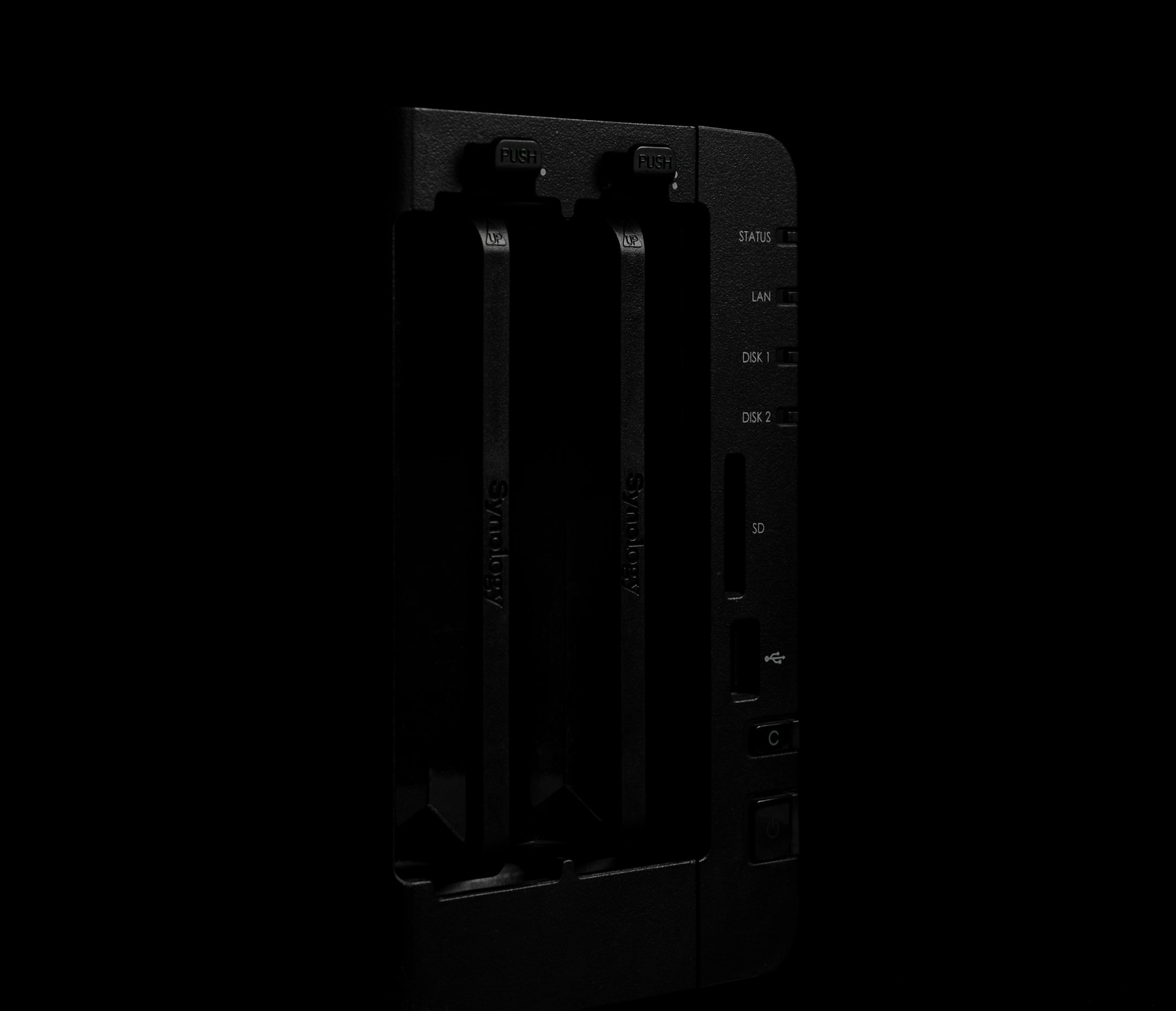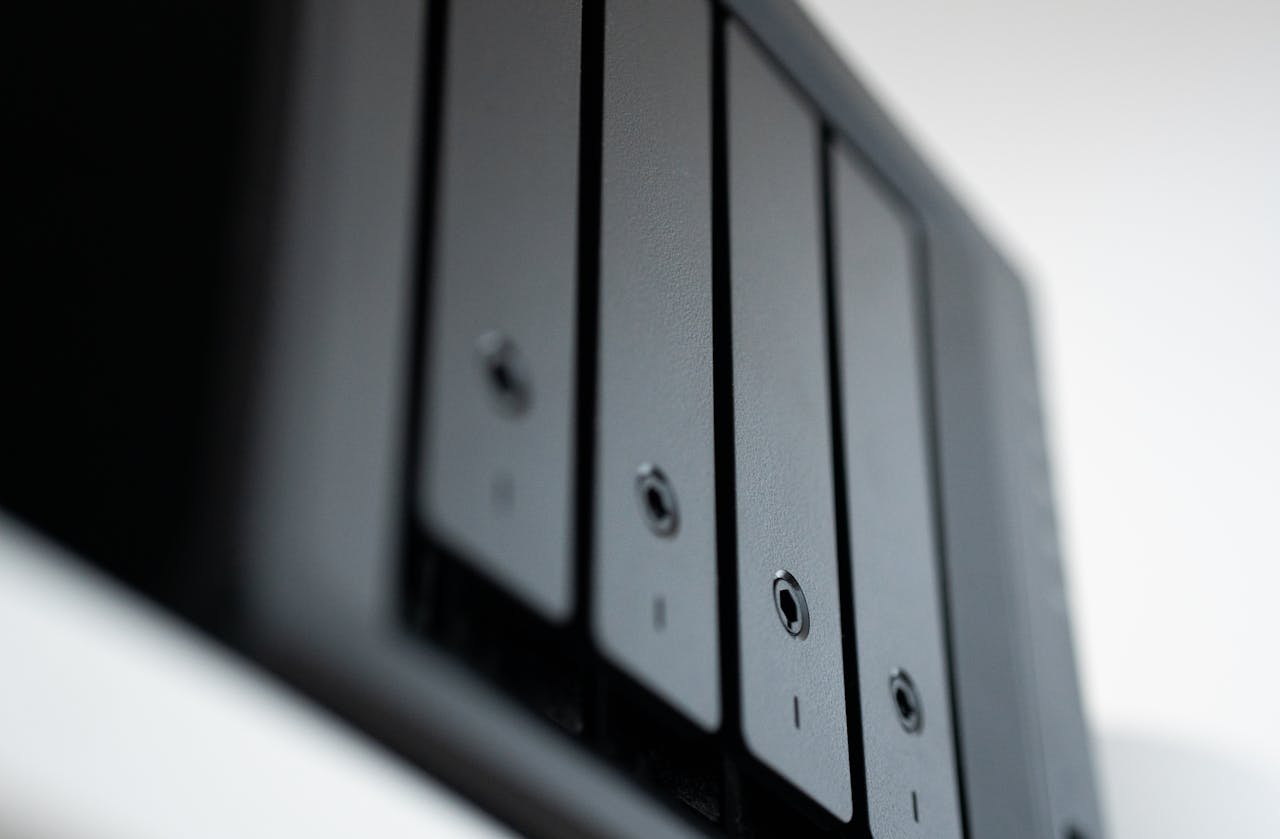What Kind of NAS User Are You?
Before picking a RAID level, start by understanding how you use your NAS. Here are a few common user types:
- Home Backup User: You want to store family photos, documents, and PC backups.
- Media Enthusiast: You stream movies or manage a Plex library from your NAS.
- Small Business: You store shared documents or client files on a central NAS.
- Power User/Creative Pro: You work with large files (e.g., 4K video, VMs) and want speed and protection.
🧭 Your ideal RAID setup will balance performance, capacity, and protection based on your needs.
For RAID levels basic explanation, check this article.
Best RAID Options by Use Case
🏡 Home Users / Beginners – RAID 1
- Why: Simple, reliable, and easy to set up.
- Redundancy: ✅ (Your data is mirrored to a second drive.)
- Drives Required: 2
- Tip: Combine with external/cloud backups for best protection.
- Avoid if: You need more than 50% usable capacity.
📺 Media Enthusiasts – RAID 5
- Why: Great balance between space and fault tolerance.
- Redundancy: ✅ (Can survive one drive failure.)
- Drives Required: 3+
- Ideal For: Video libraries, photos, game backups.
- Watch Out: Rebuilds can be slow if a drive fails.
🏢 Small Business / Professionals – RAID 5 or RAID 6
- RAID 5: Good for general file storage and archives.
- RAID 6: Better for critical systems—adds extra protection.
- Drives Required: 3+ (RAID 5), 4+ (RAID 6)
- Tip: Use UPS (uninterruptible power supply) to avoid corruption.
🚀 Power Users / Creatives – RAID 10
- Why: Fast performance with mirroring for safety.
- Redundancy: ✅ (Can survive one drive per mirror set.)
- Drives Required: 4+
- Ideal For: Video editing, VMs, large data sets.
⚠️ When RAID Might Not Be Worth It
- If you’re only using a single-disk NAS (like Synology DS120j), there’s no RAID anyway.
- For cold storage or infrequent use, it might be better to keep things simple and use manual backups.



